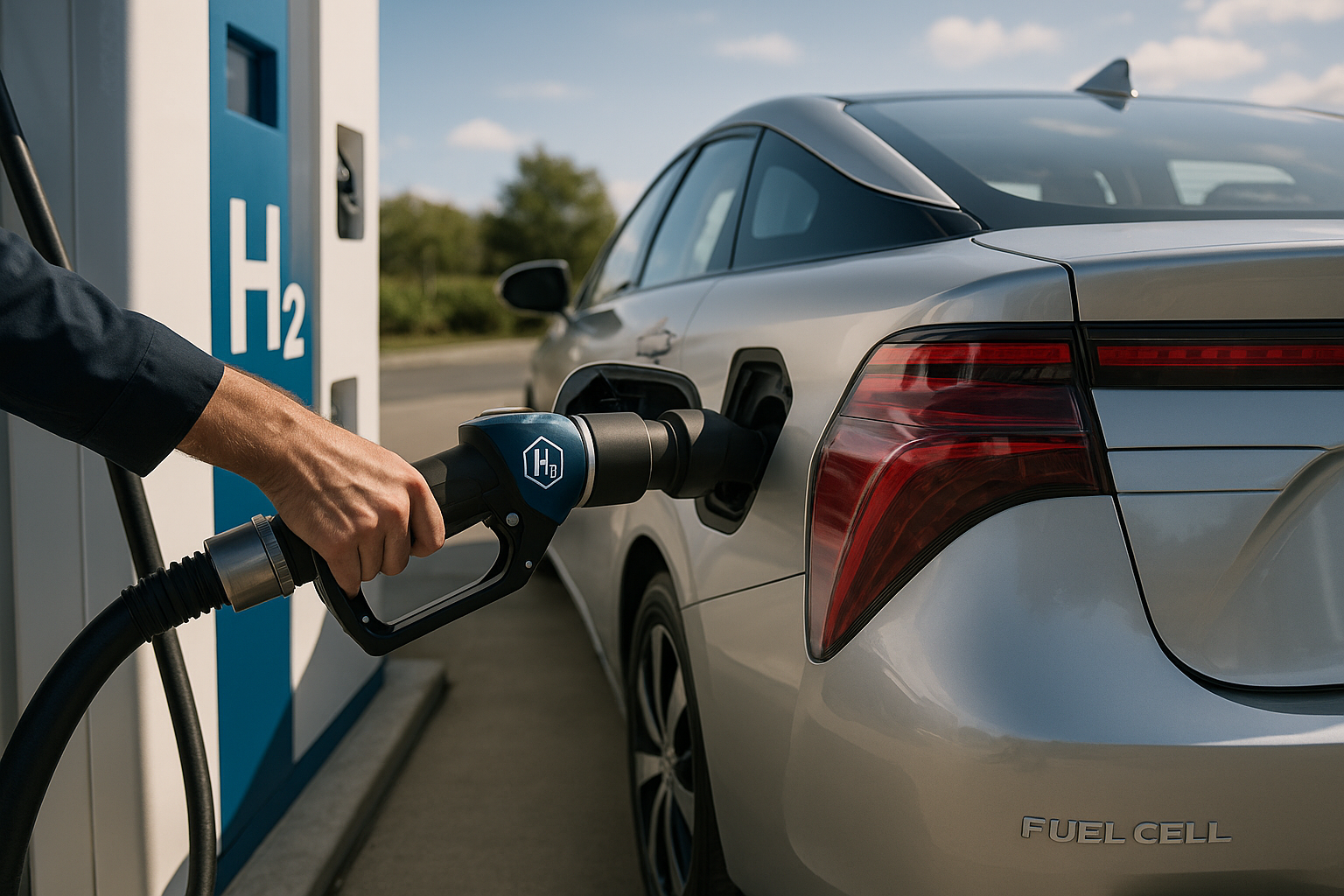Transforming The Future: Hydrogen Fuel Cell Vehicles
A cutting-edge technology is silently revolutionizing our driving experience, promising emission-free transportation and an energy-efficient future. Hydrogen Fuel Cell Vehicles (FCVs) are making a splash in the automotive industry, but what are they and how do they work?

The Genesis of Hydrogen Fuel Cell Vehicles
The concept of FCVs dates back to the mid-19th century, with the invention of the fuel cell by Sir William Robert Grove. However, it wasn’t until the 1960s that the technology for hydrogen fuel cells was extensively developed for use in NASA’s Apollo missions. The automotive industry first saw the potential of FCVs in the 1990s, when major car manufacturers such as Honda, Toyota, and Hyundai started experimenting with prototypes. They envisioned a future where vehicles could run on a renewable resource, hydrogen, and emit only water vapor.
The Mechanics Behind Hydrogen Fuel Cell Vehicles
The core of a Fuel Cell Vehicle is the fuel cell stack, which generates electricity through a chemical reaction between hydrogen and oxygen. The hydrogen, stored in high-pressure tanks, combines with oxygen from the air in the fuel cell. This reaction produces electricity that powers the electric motor and charges the battery. The only by-product of this process is water, making FCVs exceptionally eco-friendly.
Current Trends and Future Prospects
The market for FCVs is quickly growing, driven by increasing environmental concerns and advancements in fuel cell technology. Major car manufacturers are investing heavily in research and development, aiming to make FCVs a viable alternative to conventional internal combustion engine vehicles and battery electric vehicles. Toyota’s Mirai and Hyundai’s Nexo are among the leading models in today’s market.
However, the lack of hydrogen refueling infrastructure and the cost of producing green hydrogen are significant challenges to the widespread adoption of FCVs. Nevertheless, experts predict that as technology advances and economies of scale come into play, these obstacles will be surmounted.
Impact, Benefits, and Challenges
The most significant advantage of FCVs is their potential to reduce greenhouse gas emissions. Unlike conventional vehicles, FCVs emit only water vapor, contributing to a cleaner environment. Moreover, they offer a driving experience similar to that of electric vehicles, with swift acceleration and quiet operation.
However, the road to a hydrogen-powered future is not without hurdles. The current production methods for hydrogen are not entirely eco-friendly, often reliant on natural gas and emitting carbon dioxide. Also, building a comprehensive hydrogen refueling network is a daunting task, requiring substantial investment and time.
Conclusion
Despite the challenges, the promise of hydrogen fuel cell vehicles is too great to ignore. As technology and infrastructure improve, FCVs could play a pivotal role in the future of sustainable transportation, offering a compelling blend of performance, efficiency, and environmental responsibility. The road ahead is exciting indeed.




